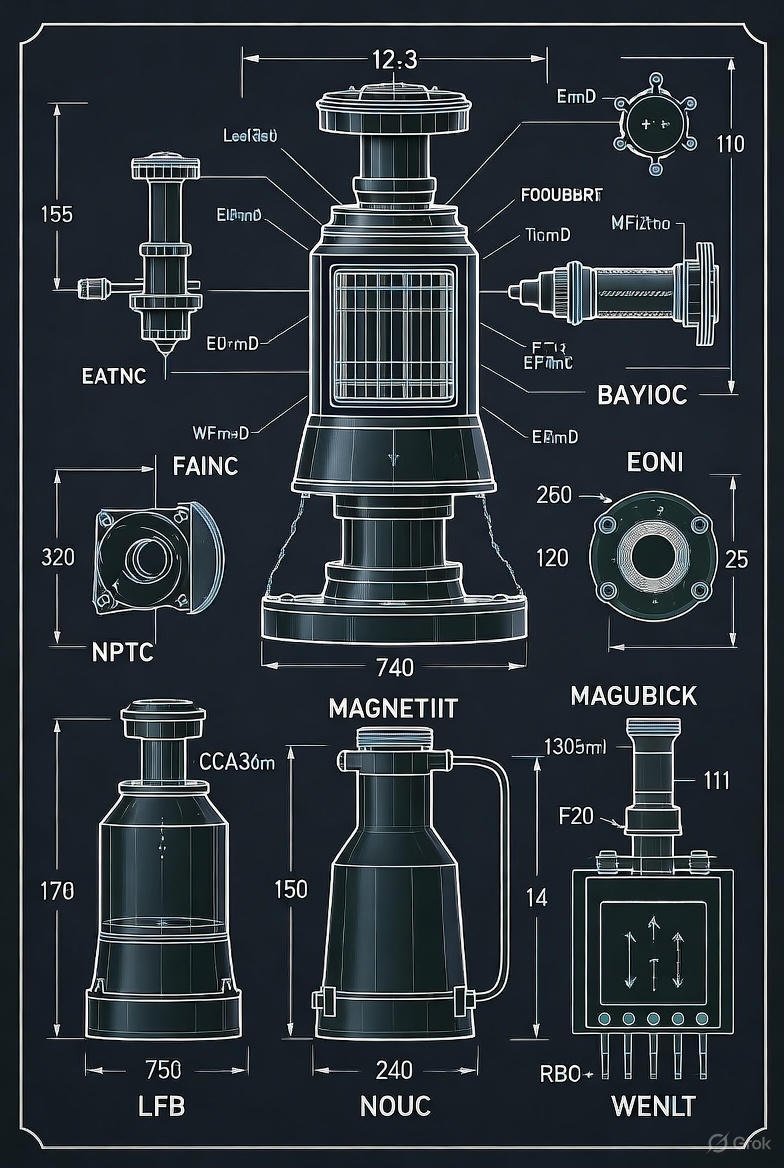Table of Contents
China’s Plasma Propulsion Breakthrough Ushers in a Fuel-Free Era for Aviation
In a bold stride toward sustainable transportation, researchers at Wuhan University have unveiled a groundbreaking plasma-based propulsion system that could redefine air travel. Dubbed the “Tang Jet” after its lead innovator, this engine generates thrust solely from atmospheric air and electrical power—no fossil fuels, no hydrogen tanks, and no cumbersome batteries required. As global aviation grapples with its environmental footprint, this innovation positions China at the forefront of zero-emission flight technology, potentially slashing the industry’s carbon emissions, which currently account for about 2-3% of worldwide totals.
The Science Behind the Spark: How Plasma Powers the Future
At the heart of this development is a clever harnessing of plasma physics, often called the fourth state of matter. Led by Professor Jau Tang from the Institute of Technological Sciences, the team employs microwave energy—operating at a familiar 2.45 GHz frequency, akin to household ovens—to ionize compressed air molecules. This process strips electrons from the atoms, transforming the gas into a superheated plasma stream that expands rapidly and propels the vehicle forward.
Imagine a controlled lightning bolt: the microwaves create an ionized channel in the air, much like natural electrical discharges, but engineered for precision. Early prototypes have demonstrated tangible results, successfully levitating a 1-kilogram steel sphere in open-air conditions—a feat that validates the system’s viability beyond the vacuum of space. This air-breathing design contrasts sharply with conventional jet engines, which rely on combusting kerosene for thrust, or electric alternatives burdened by weighty energy storage.
The foundational research traces back to a 2020 study published in AIP Advances, where Tang’s group first proposed microwave air plasma as a jet propulsion method. Building on that, a 2023 paper in the Journal of Propulsion and Power detailed prototype thruster designs, emphasizing efficiency gains through optimized ionization chambers. Fast-forward to 2025, and recent lab trials have amplified the thrust output, approaching levels seen in compact commercial turbofans, hinting at scalability for drones or regional aircraft.
Outpacing Rivals: Why Plasma Edges Out Hydrogen and Batteries
What elevates this technology above existing green alternatives? Battery-electric planes, like those from startups such as Joby Aviation, suffer from limited range due to lithium-ion packs’ energy density—often capping flights at under 200 miles. Hydrogen fuel cells, pursued by Airbus and ZeroAvia, promise longer hauls but demand cryogenic storage and infrastructure overhauls, inflating costs and complexity.
The plasma engine sidesteps these pitfalls by drawing directly from the ambient air, converting electricity on-demand into propulsion. When paired with renewable sources—solar farms at airports or wind-generated grid power—it achieves true net-zero operations, free from mining-intensive batteries or volatile fuels. “This isn’t just cleaner; it’s simpler,” notes Tang in recent interviews, underscoring the system’s potential to democratize eco-friendly aviation.
From a strategic lens, China’s investment here aligns with its “Made in China 2025” blueprint, accelerating dominance in high-tech manufacturing. By 2030, Beijing aims for 25% of global green aviation patents, and innovations like the Tang Jet could secure supply chain advantages, reducing reliance on imported jet fuel amid geopolitical tensions.
Hurdles on the Horizon: Scaling from Lab to Runway
Despite the excitement, commercialization remains a work in progress. Current setups demand robust high-voltage supplies to sustain plasma stability against atmospheric interference, a challenge that ballooned energy consumption in initial tests. Efficiency hovers around 20-30% thrust-to-power ratios, far below the 40-50% of modern turbofans, though iterative designs are closing the gap.
Moreover, integrating this into airframes requires novel materials to withstand plasma’s intense heat—up to 5,000 Kelvin—without melting components. The Wuhan team is collaborating with state-backed firms like COMAC (China’s Boeing equivalent) to prototype hybrid variants, blending plasma with traditional engines for transitional use. Field trials for unmanned aerial vehicles are slated for late 2026, per industry reports.
Globally, this sparks a race: NASA’s plasma thrusters excel in space but falter in atmosphere, while Europe’s Clean Sky program lags in air-ionization tech. If China overcomes these barriers, it could export the Tang Jet to emerging markets, fostering a new silk road of sustainable skies.
A Greener Horizon: Implications for Global Mobility
Envision electric vertical takeoff vehicles zipping urban commuters or transcontinental flights powered by overhead renewables—the plasma engine makes this plausible. Beyond aviation, applications span electric cars (bye-bye range anxiety) and high-speed trains, potentially curbing transport’s 24% share of global emissions.
As Professor Tang reflects, “We’re turning the air we breathe into the power we need—a shift from consumption to conversion.” For nations eyeing carbon neutrality by 2050, this isn’t mere engineering; it’s a strategic pivot toward energy independence and climate leadership. Watch this space: the roar of plasma jets may soon drown out the last gasps of fossil-fueled flight.

